- MENU
- HOME
- SEARCH
- WORLD
- MAIN
- AFRICA
- ASIA
- BALKANS
- EUROPE
- LATIN AMERICA
- MIDDLE EAST
- United Kingdom
- United States
- Argentina
- Australia
- Austria
- Benelux
- Brazil
- Canada
- China
- France
- Germany
- Greece
- Hungary
- India
- Indonesia
- Ireland
- Israel
- Italy
- Japan
- Korea
- Mexico
- New Zealand
- Pakistan
- Philippines
- Poland
- Russia
- South Africa
- Spain
- Taiwan
- Turkey
- USA
- BUSINESS
- WEALTH
- STOCKS
- TECH
- HEALTH
- LIFESTYLE
- ENTERTAINMENT
- SPORTS
- RSS
- iHaveNet.com
David LaGesse
The new millennium was born amid an Internet bubble that soon burst, not a good omen for the technology industry. The sector rallied, however, and continued to produce a remarkable run of new gadgets.
It was mobile gadgets that stole the decade.
But it had more than its share of flops, as well. Here are the 10 biggest debacles of the decade:

Aibo
About the size of a Chihuahua but a lot less annoying,
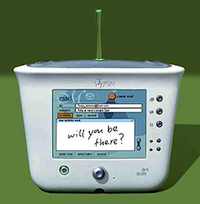
Audrey
The dot-com bubble had just burst when this cutesy Internet appliance from 3Com hit the market in 2000. The computer did what it was supposed to, which was access the Web, E-mail, and other Internet services. But Audrey didn't do it any better than a mainstream PC and cost nearly as much at $500. The manufacturer hoped Audrey would launch an entire line of similar dedicated devices for different rooms of the house. She didn't. But the idea won't go away as PC companies release new touch-screen PCs aimed at the kitchen.
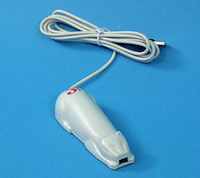
CueCat
This little feline launched as the missing link between print publications and the Web. The idea was that readers would scan a special code on the page and not have to type in a URL to find related information on the Web. But using the scanner, leashed to a PC, was even more awkward, and the CueCat soon died. Some users also had worried about privacy since each cat had a unique serial number. Millions of the scanners were later sold at auction; they can be readily found as cheap bar-code readers.
HD DVD
Backed by
MSN Direct
Piggybacking on FM radio signals,
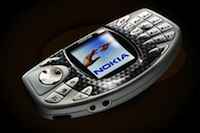
Nokia N-Gage
One of the more awkward attempts to combine devices,
[A raft of phones running Google software is hitting the market.]
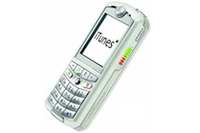
>Rokr E1
The marriage of music and cellphone seemed natural. So there was much anticipation when Apple, maker of the almighty iPod, was working with
DVD-Audio
It seems nobody with dreams of a high-definition media can get along. While disk makers fought over the successor to DVD video, the same players fought over the successor to audio CDs. In this case, though, neither DVD-Audio or Super Audio CD won; instead, audio disks lost ground to Internet downloads, both legal and illegal. Still, audiophiles swear by the added channels and fidelity of the high-def formats. Players can still be found, and new releases trickle out. Maybe they'll survive in niche markets, but nobody forecasts them going mainstream.
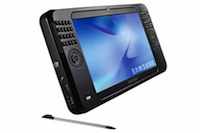
Ultra-Mobile PC
Imagine a computer as small as a paperback but trying to run Windows and other software that's designed for today's huge monitors. Sound like a nightmare? It was to the few manufacturers who bothered to try. The computers were too small to be practical and too large for a pocket. Their nascent market was smothered by bigger, more practical, and cheaper netbooks. Even today's smartphones, with their limited Web browsing, do a better job than do the UMPCs. Only a few targeted applications in the business world are keeping the little computers on life support.
Vista
After years in development, Vista tried to do offer something that Windows had never managed--a safe, secure computing environment. The software instead was criticized for being bloated, buggy, and unfriendly to old hardware. It even beat out Windows Me, an earlier debacle, but one that could be avoided by most users. Vista, on the other hand, came installed on all new consumer PCs. That helped win the system some market share (and consumer resentment). Businesses had more choice and avoided Vista.